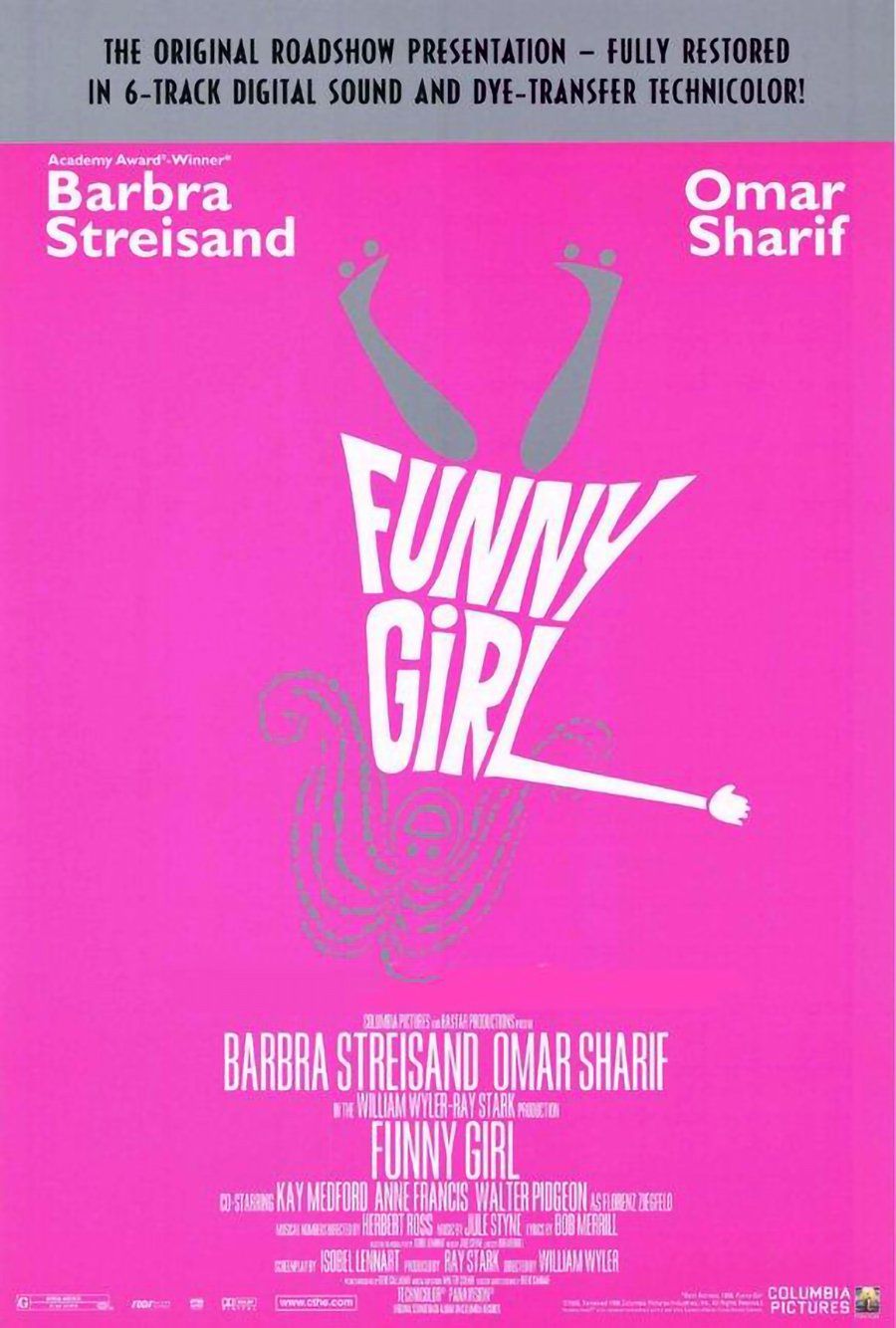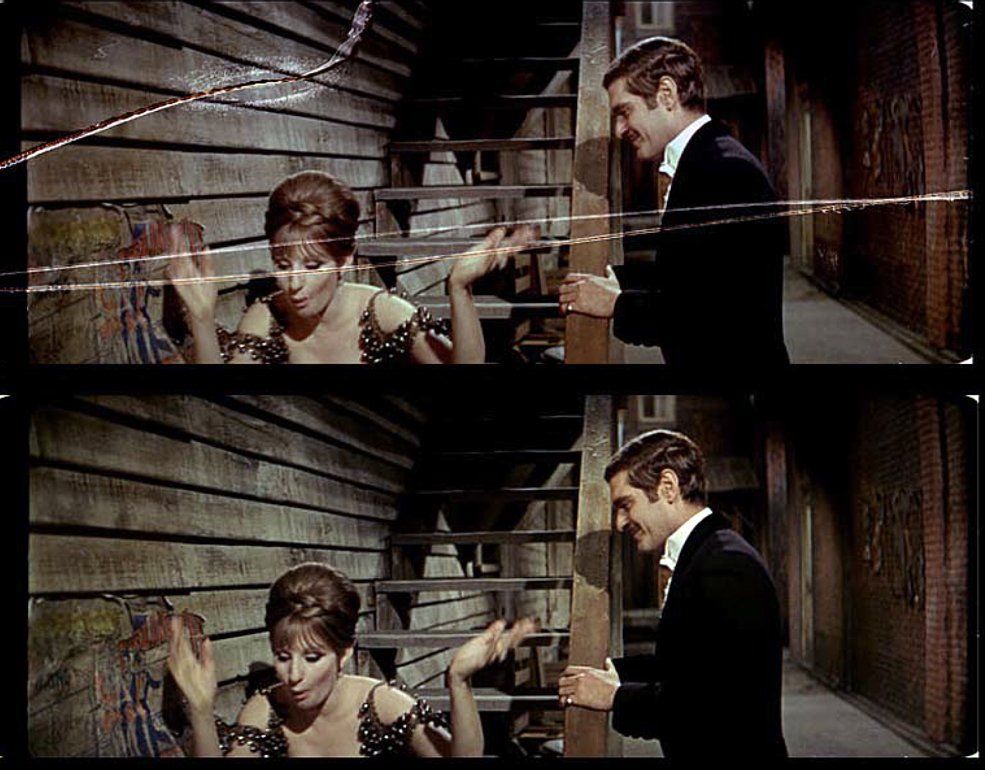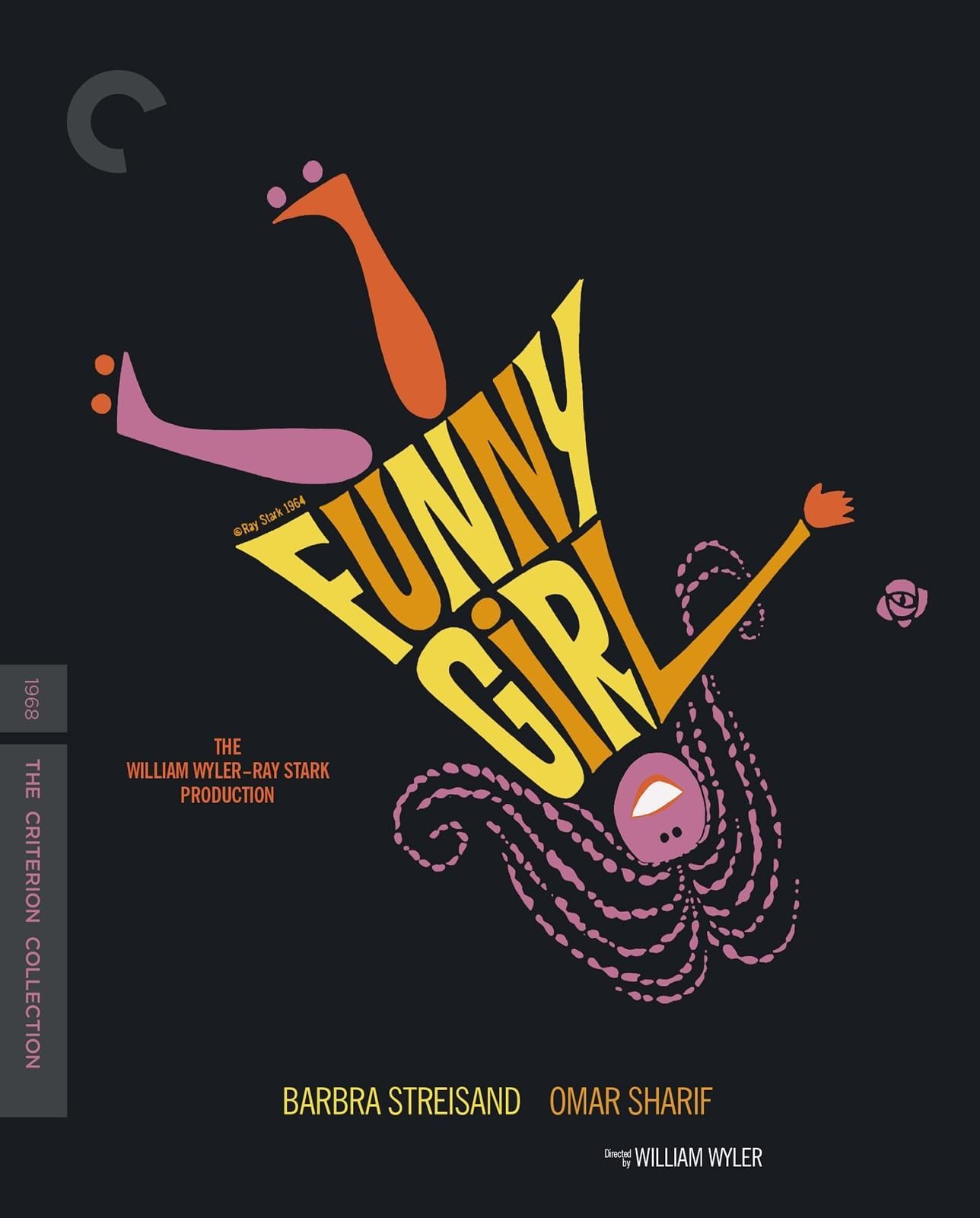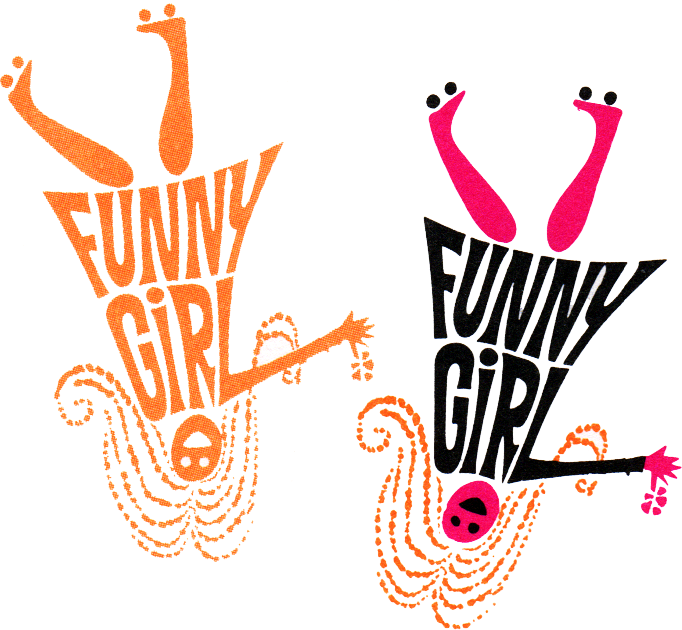RESTORATION INITIATION
Why restore Funny Girl?
Grover Crisp explained, “This is one of the key musicals in the Columbia library, one of only three films William Wyler directed for the company, the film that put Streisand on the map as a major screen star, so it was not difficult to find a reason to work on this particular film.”
The specifics of how the project started actually began with Streisand requesting a print of the film from the studio.
But Streisand returned her print, complaining that it was out of synch in several places. Crisp elaborated that “it was out of synch by a lot, by a wide margin, which was pretty shocking. But there were also a few other problems that we were noticing with that print. So we decided to take a step back and take a look at what we had on the film. And when we pulled out the original negative to have it evaluated, we discovered that it was really in quite poor shape. And we decided at that time to do a really complete restoration of the film, and fix it up as best we could.”
STATE OF “FUNNY GIRL” BEFORE RESTORATION
Sony Pictures discovered Funny Girl's negative was in poor shape and that two reels were missing.
The negative was worn because, “during its first decade of life, it was used as a printing negative. As a result, it became badly damaged and poorly made sections were cut into it,” Crisp explained.
Experts took several months doing the repair work on the original negative. “Every single splice was coming apart and a lot of the perforations were damaged,” said Grover Crisp.
The film's color, however, was not bad—very little fading, considering the film was over 30 years old.







